Verizon 4G LTE: Two Datacards and a WiFi Hotspot Massively Reviewed
by Brian Klug on April 27, 2011 12:11 AM EST- Posted in
- Smartphones
- Samsung
- Verizon
- LTE
- 4G
- Pantech UML290
- USB551L
- Mobile
- MDM9600
Verizon USB551L
The second card we tested is a much newer arrival, the Verizon USB551L, made by Novatel Wireless. The USB551L is the first of Verizon’s LTE data cards to come with support for OS X out of the box (though the Pantech UML290 and LG card now also do so with a firmware update), and it displays that support proudly on the box. More on this in a second.
THe USB551L is considerably lighter and cheaper feeling than the UML290. Something about the whole device simply just lends it a less durable feeling.
There’s a simple plastic cover over the SIM card slot.
Unlike most devices, the USB551L holds the SIM in with a plastic clip, and requires a small stick to eject it—you press the plastic part down, then slide it out. It’s definitely the first time I’ve seen this mechanism used to hold a SIM in place.
The USB connector rotates out and seems to be held at a particular location using some spring loaded mechanism. It’s a half height USB connector that has exposed gold contacts without the full surrounding USB plug.
Considering that most of the time it’s shielded in the closed position, that’s not a big deal. The problem with this construction is that there’s some other mechanism pressing against a metal contact on the connector which rotates. If you push the data card back far enough, it’ll lose the data connection entirely when the mechanism stops pressing against metal. It also always wants to sit at one orientation due to the spring loading.
If your notebook has USB ports on the back, pushing the laptop display back too far could rotate the card far enough to cause disconnect. It’s a potentially frustrating configuration. I ran into this when testing on my uber-old Inspiron 8500, for example.
On one side of the USB551L is an external antenna jack hidden under a rubber plug. This is most likely cellular only since the USB551L advertises no GPS support unlike the Pantech.
The majority of the USB551L is a black soft touch material, though the top and bottom are slippery glossy plastic. There’s a small vertical window to the right of the Verizon logo where the status LEDs are. Blue indicates LTE, green indicates EVDO, and blinking of either indicates activity.
Side by side, the USB551L and UML290 are roughly the same outline, though the UML290 is thicker and feels more dense. Both also come with appropriate USB extension cables.
I opened the USB551L after I was done with testing to investigate how it manages connectivity with a simpler, smaller package.
The USB551L seems to be held together using some one-way plastic tabs and adhesive. I pried it open no problem and got it back together as well, but it’s just a bit more challenging. Inside, you can see one antenna runs along the length of the device, the other is orthogonal and up at the top.
The one that runs the length of the device is held in contact with a pogo pin, the other with a gold pad.
The EMI cans on the USB551L pop on and off easily, allowing us an awesome opportunity to grab a shot of the MDM9600 running the show. You can also easily see its adjacent NAND, though I couldn’t make out any of the markings.
That USB connector situation is more visible now as well. I’m not entirely sure what’s going on here, but you can see two pads on both sides and a metal strip that clearly runs across the USB connector. Again this flip open system is spring loaded and likes to sit in one position. More pics in the gallery below:


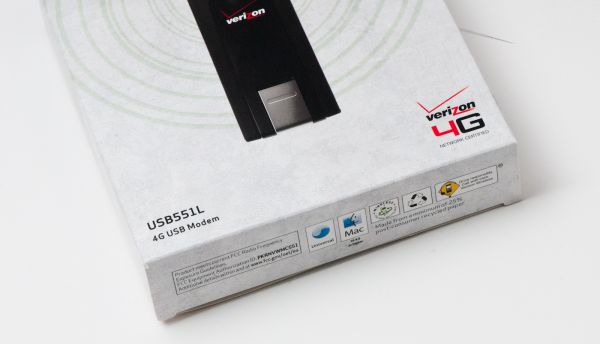
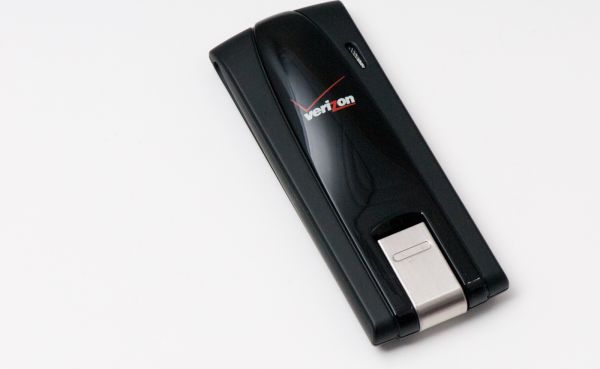
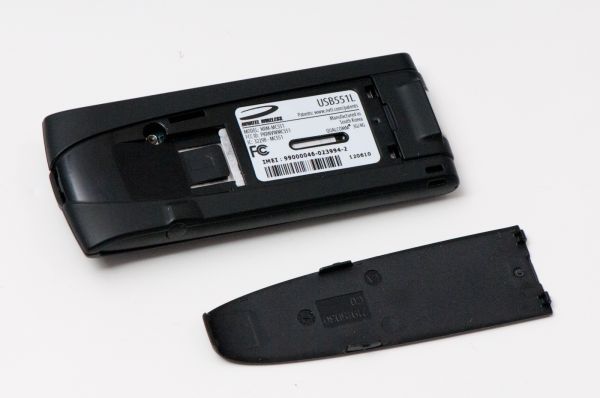

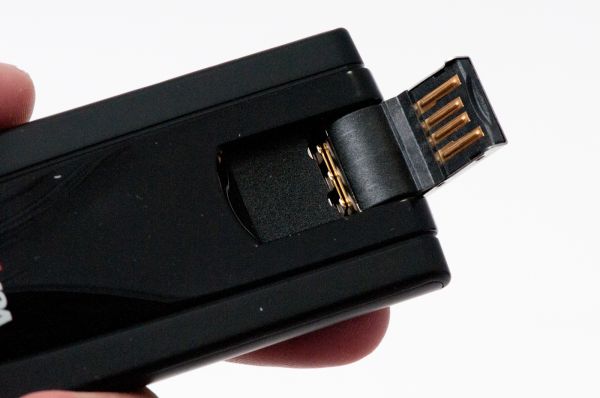
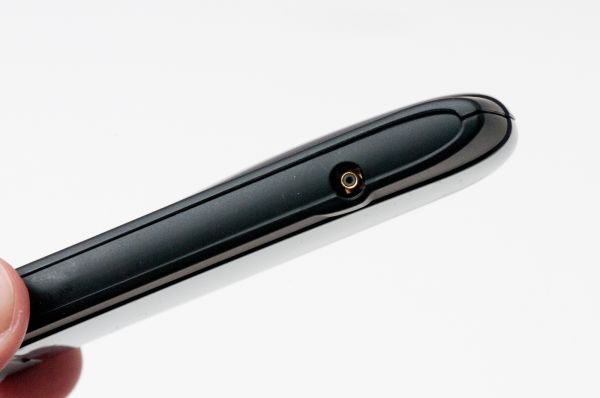
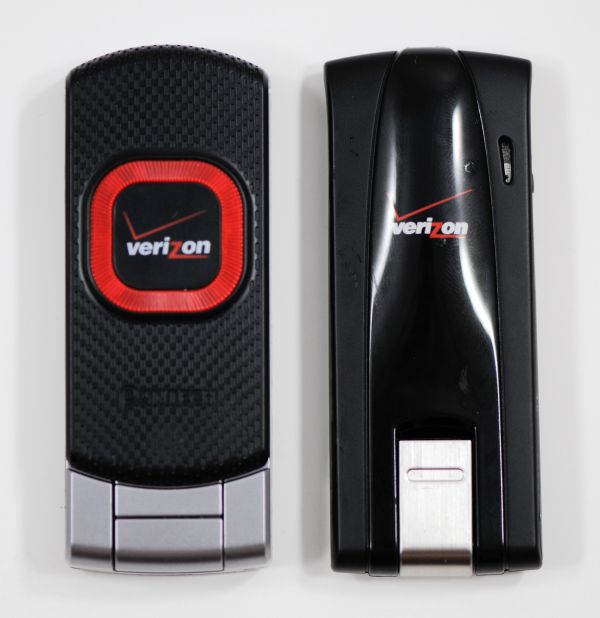
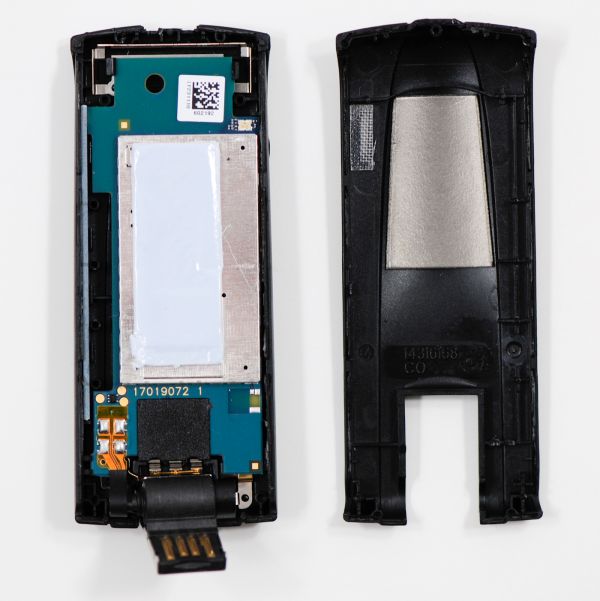
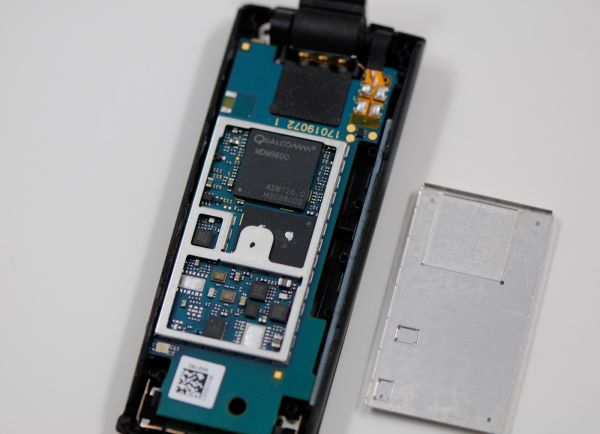
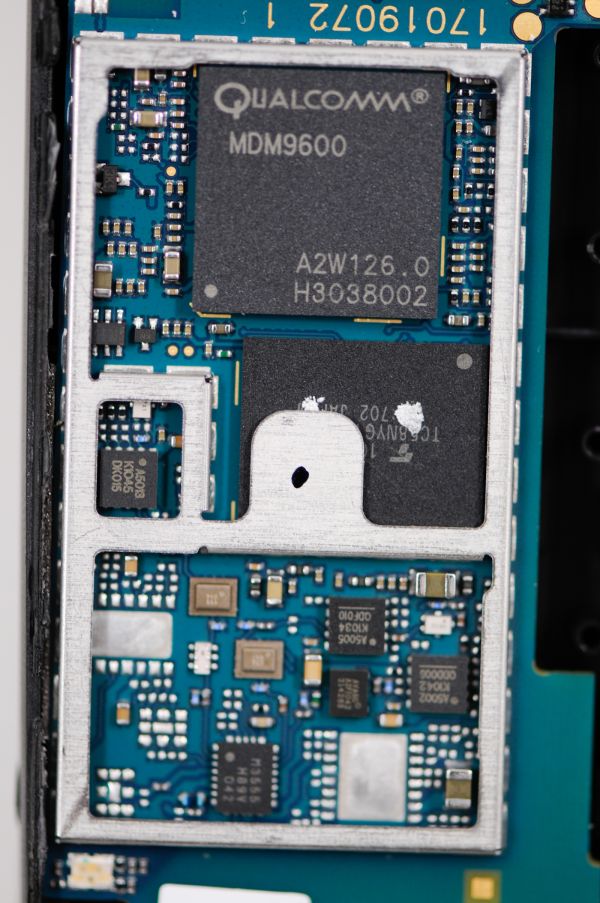
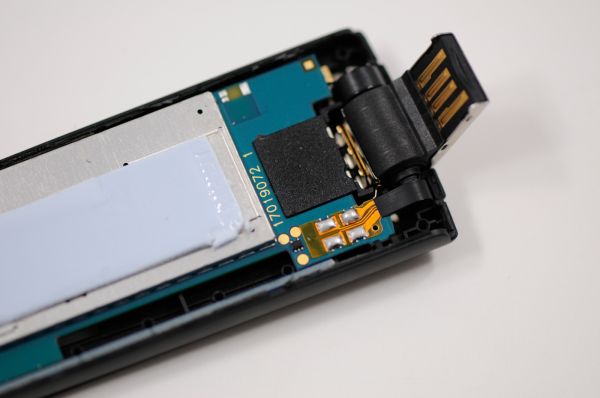














32 Comments
View All Comments
OctavioShaffer - Tuesday, November 13, 2018 - link
this very informative, i can now open my vpn server, through my Ip address 192.168.1.1. because recently i spend days just to search a to fix my problem. Thanks alot!strikeback03 - Wednesday, April 27, 2011 - link
I live in an LTE market and would be happy to accept some LTE devices if you don't want to be driving to Phoenix ;)For that matter I also have a Droid X with the stock 2.2 build.
Playing with a Thunderbolt at a Verizon store the data speeds are really quick. Will be interesting to see how much they drop off though with more users.
Penti - Wednesday, April 27, 2011 - link
They use 20MHz in 2.6GHz here in Sweden (few cities so far) so you can actually see speeds up to about 80 Mbits here, LTE-Adv on 800MHz is in the works of being deployed here now, but they will be using 10MHz spectrum. I'm guessing people in major cities will see 20-80Mbits and people in areas only covered by 800MHz will see 10-40Mbits. Latency is where it clearly matters though. Though 50 Mbits on 2x10MHz 700MHz is clearly at the top. It's not often you will see much of high speeds any way.To bad they pretty much price themselves out of the market though. A 16Mbit Turbo3G connection is less then half of what 4G costs here. For limitless traffic at least.
xp3nd4bl3 - Wednesday, April 27, 2011 - link
Love the graphing.mars2k - Wednesday, April 27, 2011 - link
Not good, I need USB tethering. This is a deal breaker for me. I need outside access in several places where wi fi is not allowed.Lord 666 - Wednesday, April 27, 2011 - link
Brian,Currently have an open ticket with VZW about the lack of public addresses. Have several LTE cards used with cradlepoints that are used for DMVPN backup connections and need public addresses. In testing, would randomly get nat'd address bring up a complete tunnel, but it was very rare. All of the IPs issued were 10.xxx in NYC.
Was told static public IPs will be available around May.
nerdydesi - Wednesday, April 27, 2011 - link
I'm curious on what you meant by this."Note that the Thunderbolt is a 2x1 device while the others are 2x2, which explains some of the upstream throughput distribution difference"
Do you mean that the other devices have more antennas than the Thunderbolt and thus why their speeds seemed to be faster than the Thunderbolt? Regarding the phone and its "unlimited data", I used 30gb in my last billing cycle and so far 70gb now with no peep from Verizon. It could also be that I'm currently a VZW employee. I hope that because I bought the phone, I can be grandfathered into the plan.
Also as a note, if you take the sim card from the Thunderbolt with its full voice and data plan and put that into a mifi or USB modem, you get the unlimited data as well. Just keep in mind you pay more per month due to having the voice along with it (which is useless on the modem devices), but still better than the current 5gb and 10gb caps. If you do vice versa, take the card from a modem to an LTE phone, you are charged for each minute of voice and each text unless you change your plan.
DanNeely - Wednesday, April 27, 2011 - link
" AT&T on the other hand has a sprinkling of lower block B and C licenses that are both 12MHz. AT&T also purchased Qualcomm's licenses to blocks D and E, which are both 6MHz unpaired, though it's not entirely clear how AT&T will integrate both blocks of unpaired spectrum. All total that gives AT&T between 24 and 36MHz of 700MHz spectrum, again depending on market."Since the only blocks that they own nationwide are the 6mhz D and E blocks shouldn't it be 12 to 36mhz of spectrum. Looking at auction maps it appears there're fairly large areas where ATT didn't win the A or the B blocks.
http://www.cellularmaps.com/700_auction.shtml
Brian Klug - Thursday, April 28, 2011 - link
That's a good point. If they can manage to either TDD or FDD both of those it should be 12 to 36. Just don't forget about the lower C block which was involved prior to this latest auction, that's the 24 that I'm thinking of.With 12 MHz of spectrum they can run 5 MHz FDD channels which really won't be much faster than current WCDMA systems. I guess that's why I mentally discounted it.
-Brian
Lothsahn - Wednesday, April 27, 2011 - link
I notice that with my Sprint aircard, I maintain the 3G connection even during extended trips across the nation. However, the 4G connection on the same aircard appears to be unable to handoff and loses its connection while traveling constantly. I find that my connection disconnects every 2-3 minutes when actually moving. However, if I'm stationary in a building, it'll maintain the connection for hours.What results did you have with LTE for these sorts of usage scenarios?